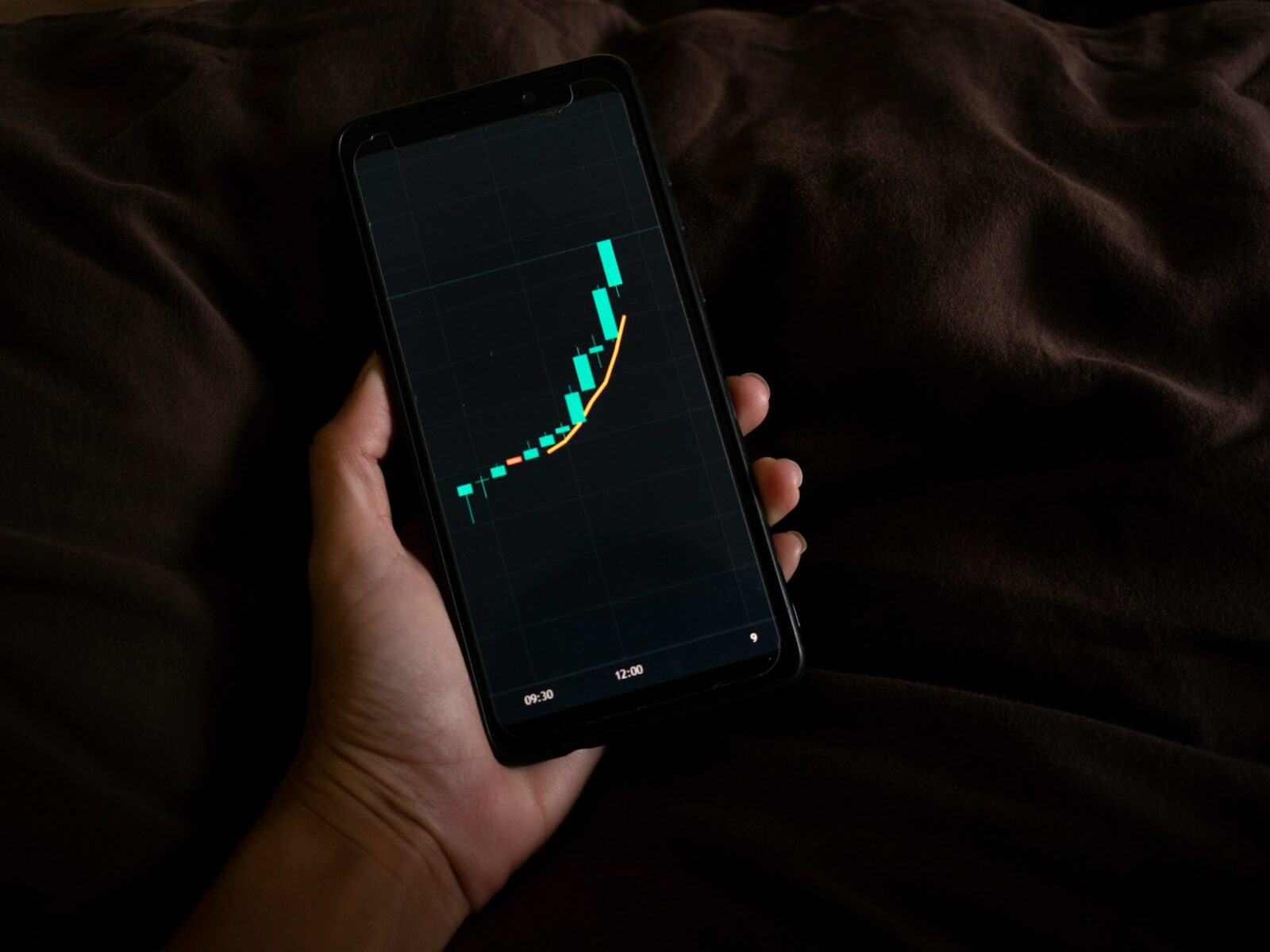Twin Safe Havens Shine Amid Global Instability
In a world gripped by financial and political uncertainty, investors are once again turning to time-tested and emerging safe havens — gold and Bitcoin. Both assets hit fresh record highs this week, underscoring the growing appetite for stability amid market turbulence, a weakening U.S. dollar, and mounting geopolitical risks.
Gold soared to nearly $4,000 per ounce, its highest level ever, while Bitcoin briefly surpassed $125,000, achieving a new all-time peak before settling slightly lower. The dual rally highlights an unusual convergence between traditional and digital stores of value at a moment when confidence in governments, currencies, and global growth remains fragile.
As central banks signal further rate cuts and political crises ripple across Europe, particularly France, the safe-haven narrative has re-emerged as a dominant theme driving global markets.
Gold Glitters at Record Levels Amid Inflation and Rate-Cut Hopes
Gold’s latest rally continues an extraordinary climb that began early this year when it traded near $2,669 per ounce. Since then, the precious metal has gained over 45%, supported by a combination of monetary easing, rising central-bank purchases, and renewed fears of inflationary pressure.
By early Monday trading in Asia, gold surged past $4,000, a symbolic threshold that many analysts view as a potential turning point in the long-term revaluation of precious metals. Prices later eased to around $3,970, but the momentum remains strong.
Several factors are driving this sustained surge:
- Federal Reserve Rate Cuts – Investors expect the Fed to continue easing monetary policy through 2026 as economic growth slows, increasing gold’s appeal as a hedge against declining real yields.
- Central Bank Buying – Emerging-market central banks, particularly in Asia and the Middle East, have significantly ramped up gold reserves to diversify away from the U.S. dollar.
- Weaker Dollar Index – The dollar’s decline has made gold more affordable for non-U.S. investors, further supporting demand.
- Geopolitical Risk Premium – The ongoing U.S.–China trade tensions, combined with political instability in Europe, have strengthened gold’s reputation as the ultimate crisis hedge.
“We’re witnessing a revaluation of safe assets,” said Elena Costa, commodities strategist at Atlas Global Research. “Gold is behaving less like a commodity and more like a reserve currency in itself.”
Bitcoin’s Record Run: Digital Gold Takes the Spotlight
If gold is the traditional safe haven, Bitcoin has become the digital counterpart — and this week, it proved its resilience once again.
Bitcoin jumped past $125,000 on Sunday, setting a new record before climbing further to nearly $126,500 on Monday. The rally comes amid a series of macroeconomic and regulatory shifts that have bolstered institutional confidence in the cryptocurrency market.
The world’s largest crypto asset is now up more than 30% year-to-date, outperforming most major stock indices.
Key Drivers of Bitcoin’s Rally:
- Weaker U.S. Dollar and Rate Cuts: Similar to gold, Bitcoin thrives when real yields fall and fiat currencies weaken.
- Crypto-Friendly Policies: The U.S. administration’s more open stance on digital assets, including favorable guidance for crypto ETFs and stablecoin regulation, has attracted institutional inflows.
- Growing Adoption: Major financial institutions, from BlackRock to Fidelity, have expanded Bitcoin-linked investment products, further legitimizing the asset.
- Liquidity Migration from Stocks: As uncertainty mounts in traditional markets, investors are increasingly using Bitcoin as a high-volatility hedge.
However, analysts are cautious about calling this a one-way move.
“We remain convinced that we’re nearing the end of a cycle,” said Thibault Desachy, of Coinhouse Wealth Management. “It’s a time for tactical positioning rather than blind accumulation.”
Desachy advises traders to focus on short-term opportunities as Bitcoin’s volatility remains elevated, warning that a correction could quickly follow such parabolic moves.
Political Turmoil in France Adds to Global Risk
While financial markets were already jittery, the sudden resignation of French Prime Minister Sébastien Lecornu added another layer of uncertainty this week.
Barely a month into his tenure, Lecornu stepped down amid fierce internal disputes over fiscal policy and cabinet appointments. His exit, coming at a critical moment for Europe’s second-largest economy, rattled investors and pushed French bond yields higher.
The political shock spilled over into equity markets across Europe.
- The CAC 40 in Paris slipped 0.2%, weighed down by bank and industrial stocks.
- Germany’s DAX lost 0.1%, while Spain’s IBEX 35 remained flat.
- The STOXX 600 index, a pan-European benchmark, was little changed after oscillating between gains and losses throughout the session.
Investors interpreted Lecornu’s resignation as a sign of deepening political fragmentation in the EU, especially as France grapples with rising debt and social unrest over economic reforms.
“Political instability in France can spill over into broader European risk perception,” noted Marco Jansen, Chief European Economist at Nordea Markets. “In such times, gold and Bitcoin tend to act as the only true cross-border hedges.”
Global Markets: Stocks Steady, Commodities Mixed
Despite the chaos in Europe, U.S. markets held firm, buoyed by ongoing optimism around the tech sector and the AI investment boom.
- The S&P 500 closed at a record 6,740.28, up 0.4%, while the Nasdaq Composite gained 0.7%, finishing at 22,941.67.
- The Dow Jones Industrial Average added a modest 0.1% to 46,694.97.
The rally came even as the U.S. government shutdown entered its second week, delaying economic data releases and raising concerns about near-term fiscal uncertainty.
In commodities, oil prices slipped, with Brent crude down 0.5% to $65.12 per barrel and WTI hovering around $61.40. Analysts attribute the decline to expectations of lower demand growth and a temporary easing of Middle East tensions.
Meanwhile, in currency trading, the U.S. dollar edged higher to 150.49 yen, while the euro weakened slightly to $1.1695.
The Safe-Haven Paradox: Gold and Bitcoin Rise Together
For much of the past decade, gold and Bitcoin have occupied opposite corners of the investment universe — one ancient, tangible, and slow-moving; the other digital, volatile, and speculative. Yet in recent years, the two have started to move in sync, suggesting a deeper shift in global investor psychology.
Both assets are now seen as alternatives to fiat currency, and both have benefited from a growing skepticism toward traditional financial systems.
The simultaneous rally indicates that investors are hedging across generations — from gold bars in central bank vaults to Bitcoin held in cold wallets.
“We’re seeing an era where gold appeals to institutions, and Bitcoin appeals to individuals — but both are driven by the same macro fear: the erosion of trust in central authorities,” said Rafael Kim, digital asset strategist at Nomura Global Markets.
Outlook: Can Safe Havens Stay Golden?
While both assets have outperformed expectations in 2025, sustainability remains a key question.
For gold, the path forward depends largely on the Federal Reserve’s rate policy. If inflation cools faster than expected or the Fed pauses cuts, gold’s upside may be capped. However, should inflation remain stubborn — or if geopolitical shocks persist — gold could consolidate near record highs well into 2026.
For Bitcoin, the outlook is tied to regulation and liquidity. Continued institutional inflows, combined with approval of spot ETFs in Asia and Europe, could propel it further. However, any renewed crackdown or cyber-related incident could swiftly reverse gains.
The Return of Fear, and the Repricing of Safety
The simultaneous rise of gold and Bitcoin underscores a profound reality: investors no longer trust the stability of the traditional financial system as they once did.
From Washington’s political dysfunction to Paris’s leadership crisis and persistent inflation fears, uncertainty has become the new normal. And in this environment, both gold — the ancient guardian of wealth — and Bitcoin — its digital heir — have found new relevance.
Whether this is the start of a multi-year revaluation of hard assets or simply a temporary flight to safety remains to be seen. But one thing is clear: in a world losing confidence in paper promises, the markets have rediscovered the value of things that cannot be printed or defaulted on.







Leave a Reply